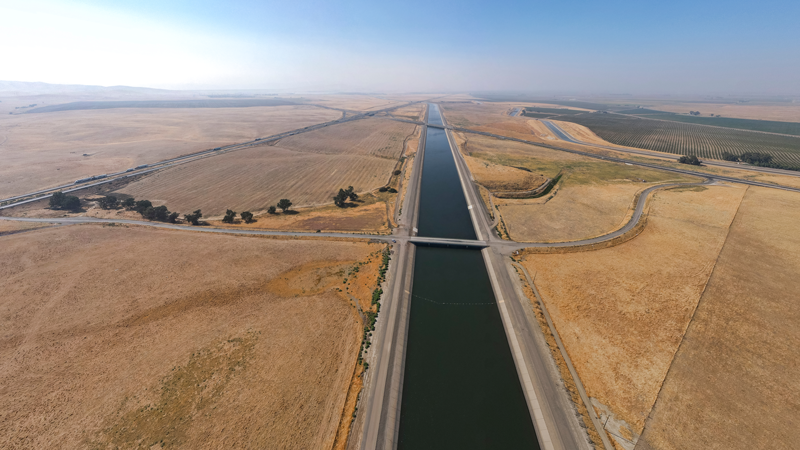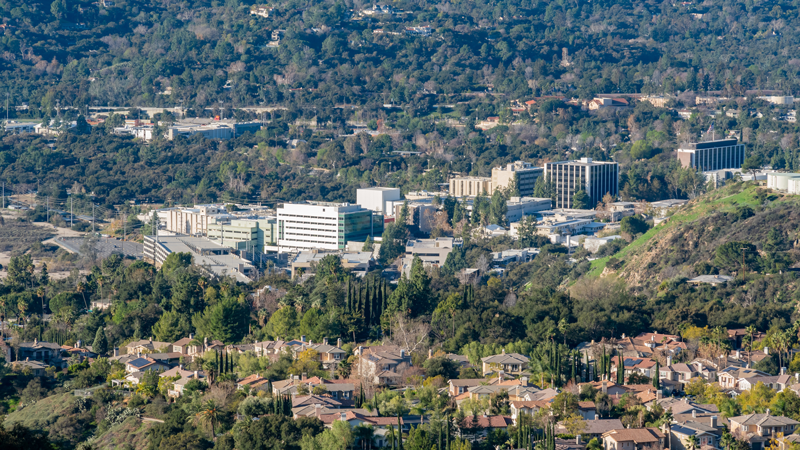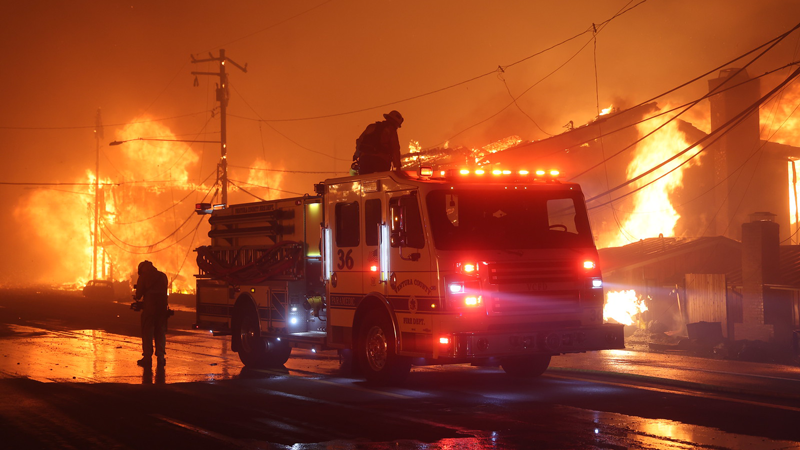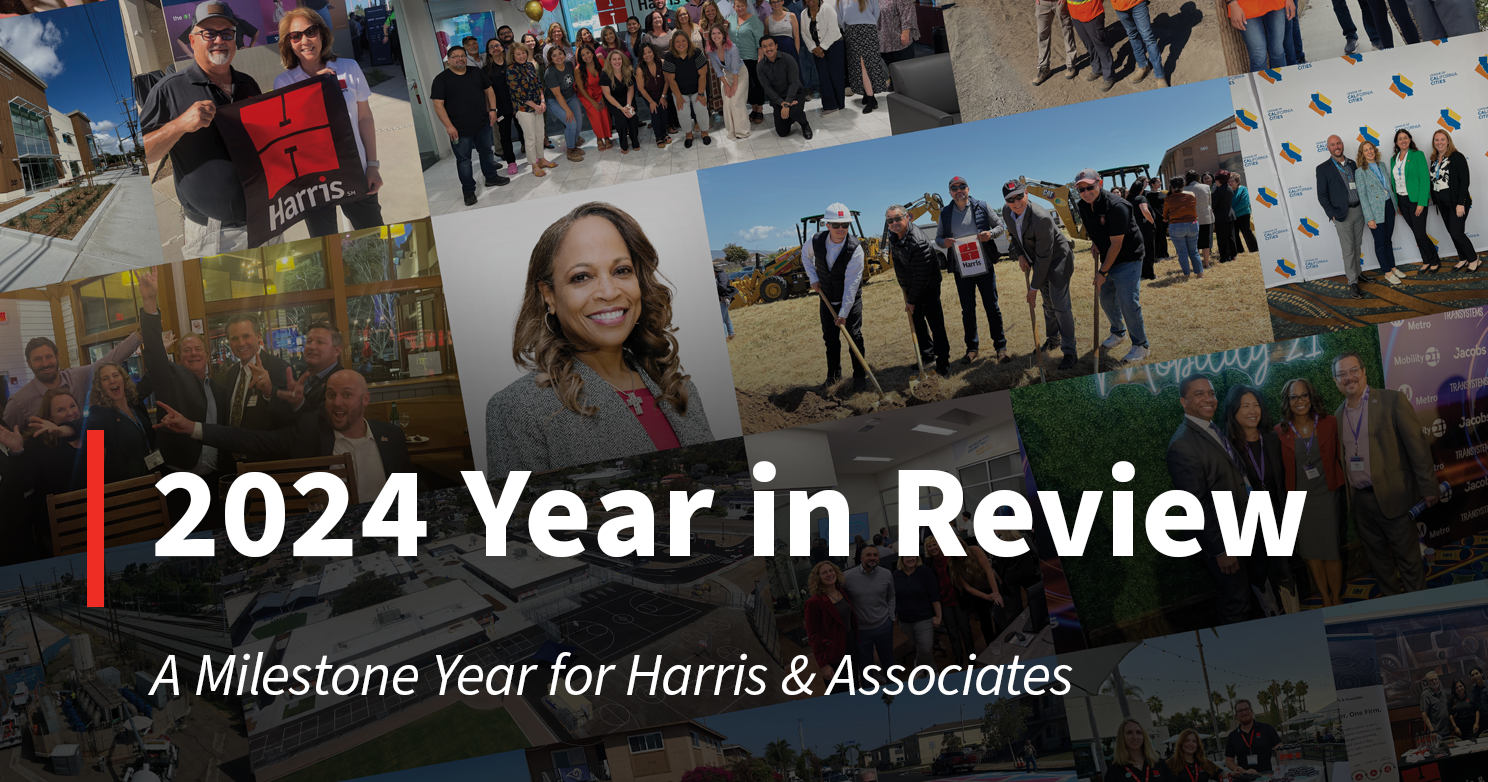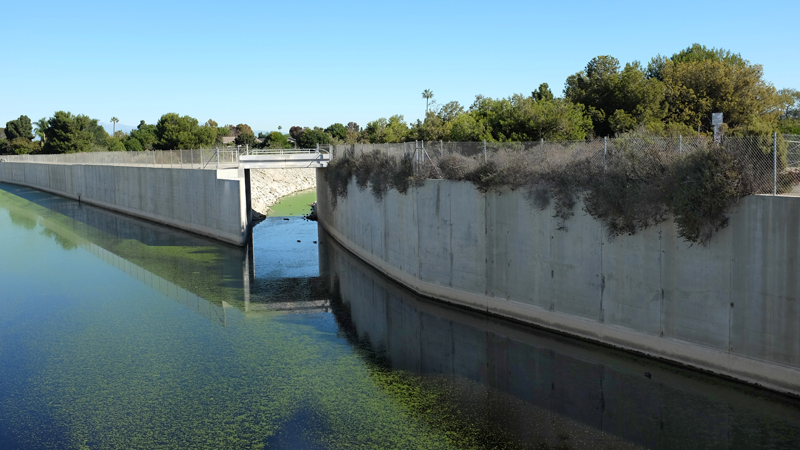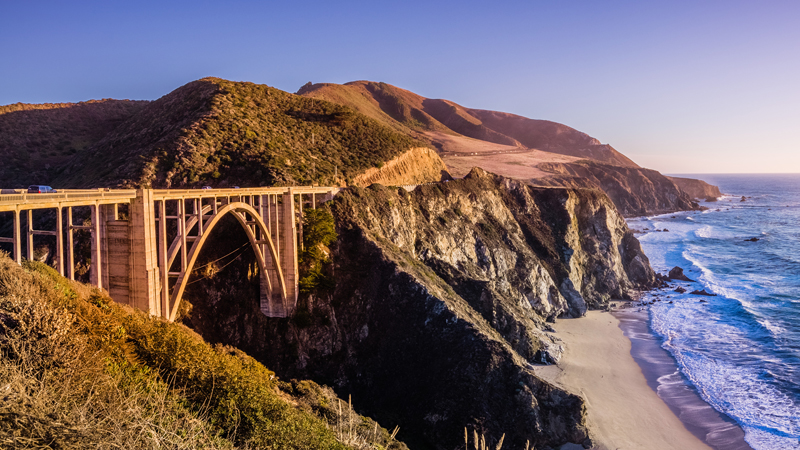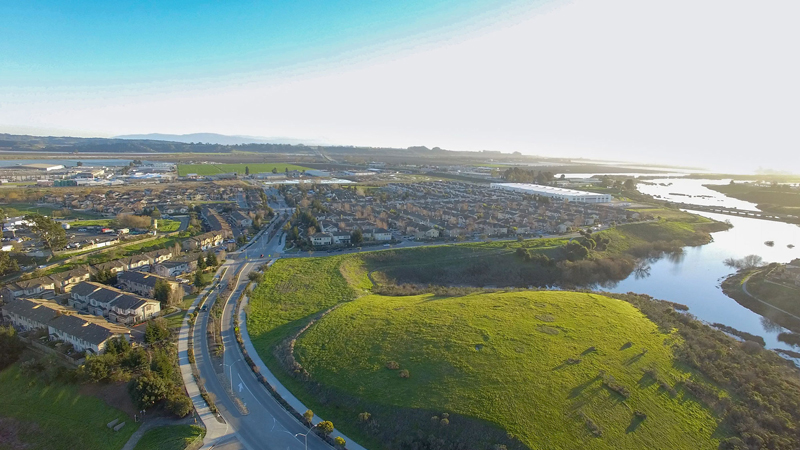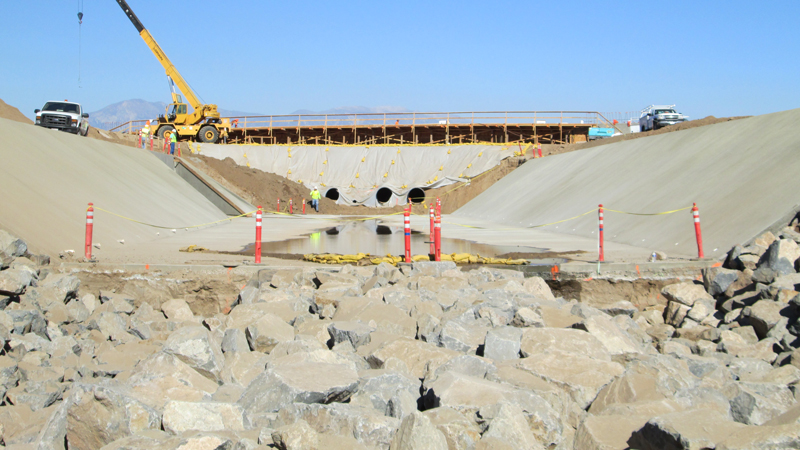7.1 minute read
March 28, 2017
Floodplain issues demand constant attention: new risks, runoff, you name it. It’s not your choice to forgo maintenance or improvements, but you don’t have the funds to cover it all. What do you do?
Prioritize what matters most to your community and go after grant opportunities. In this post, I’ll give you an overview of your options along with some hard-won knowledge about what it takes to get the grants you need.
Discovering What’s Available
When city leaders ask, “How do we get the funding?” I tell them about the two largest sources: California’s Water Quality, Supply, and Infrastructure Improvement Act of 2014 Proposition 1 grants for flood/storm projects and the Federal Emergency Management Agency (FEMA) Hazard Mitigation Assistance grants.
I typically present both grant programs and spell out the benefits of each, as I’ll do a bit later here. In most cases, I advise agencies to apply for both, because even if they earn one grant, it might not cover the full scope of their need.
Improve Your Chances Immediately
Reduce your maintenance burden by inviting State Agency Organizations to do your work for you. For instance, they can remove invasive species every six months at a far lower cost than any other solution. The beauty of this choice is that you earn many bonus points by building this maintenance into your proposal. Adding this one item could tip the balance in your favor.
Your Grant Planning Checklist
Which benefits does your community value most, and how many can you add to your proposal? Every region has its hot-button issues, including:
- Safer access for emergency personnel
- Reduced number of flood insurance policies needed
- Solving issues raised by the regional water quality control board
- Levees, spillways, dams or safe access for fish passage
- Increased stormwater maintenance costs
In my experience, desert communities have an additional set of concerns about removing water from roads as quickly as possible. Due to low-flow crossings, some cities quickly become islands during a flood. That’s when bridge proposals come into play.
Listing your goals in these categories can help prioritize them:
- Water quality
- Community enhancements
- Floodplain management
- Sustainability/maintenance
Regarding the last item, some agencies shy away from the maintenance cost of items like a detention basin, because if it became overgrown and overtopped, there would be significant liabilities. Yet the benefits usually outweigh the costs. And the maintenance allocation is an easy sell to council members because of the direct community impact.
Applying to Proposition 1
California’s Proposition 1 grant funding wants to show its worth by proving to legislators that it makes each region better than before. Every successful grant proposal reflects that thinking: doing the best project possible, with multiple community benefits.
Rather than just preventing homes from flooding, Proposition 1 encourages you to also improve water quality and add a park or walking trail. Spelling out this broader, lasting impact gives you the components of a successful application.
Right now, for instance, Harris is collaborating with a city whose channel is an impaired body of water with a known pollutant. While we’re focusing on treating that pollutant, we also see the need to add further benefits:
- Critical improvements of the degraded channel
- Flood conveyance component
- Trail or park
Here’s another example of the bold thinking Proposition 1 admires: Transforming the Los Angeles River’s concrete flood control channel into a soft-bottom channel with natural ecology restored around it. The channel will flourish as a highlight of the region, one used by the community year-round.
Diving Into the Details
Agencies of any size can apply for Proposition 1’s community enhancement grant—it’s ideal for communities that don’t have enough general fund backing or funding via a flood control district. Additional details to consider:
- There are two pools of money, including one for disadvantaged communities whose median income is below a specified amount.
- “X” millions of dollars are assigned to different regions for awards. There’s no stated award cap, but it’s possible to get just 50% of what you request.
- The percentage of funding that the local agency must match varies in each pool of money. A grant could demand a 50% match, all the way down to 0% for a project in a disadvantaged community.
Thinking Ahead
The window for accepting Proposition 1 applications will open later in 2017, and the awards will be announced by the middle of next year. Since the process is first-come, first-served, it’s vital to have your proposal prepared before the window opens.
There’s a new wrinkle for 2018: A round of implementation grants is being added to the round of planning grants—it’s the first time Proposition 1 will have both, which opens a new opportunity.
Relishing the Result
When Harris worked together with the City of National City’s team on its grant proposal, the preparation took four weeks. The rest of the process took three months: getting shortlisted then being interviewed (thoroughly answering a series of standard questions) and giving clarifications when needed. After all that effort, we hit a home run—the city earned a grant to plan improvements to Paradise Creek.
Now we’re supporting the city via studies, design, hydraulics and environmental permitting. The goal is to have all the plans completed by December 2017 so the project is shovel-ready and the city is in great shape to apply for the implementation grant. Winning the planning grant gives them a leg up on the competition, as judges already deemed it worthy once.
Spell Out the Value
Clarity is crucial when applying for assistance to aid a disadvantaged community. For example, if your project will protect a community by adding a detention basin upstream, make it clear that the actual basin is outside the designated area but adds to the cumulative benefits for the adjacent disadvantaged community. If this larger impact isn’t crystal clear, your application will get flagged and most likely fail.
Applying to FEMA
FEMA grants are designed to prevent and reduce flood losses. You must spell out what you’re preserving in terms of life, land and structures, then FEMA determines a proposal’s value based on the cost/benefit ratio.
For example: If your proposal costs $1 million to save homes appraised at a total of $10 million, or it prevents one bridge worth $2 million from failing, that cost/benefit ratio will improve FEMA’s auditors rating.
Your local legislators may get pressure to apply for this grant, in part because the Biggert-Waters Flood Insurance Reform Act created a structure to eliminate subsidized flood insurance policies. Basically, the higher the flood risk your home is in, the more you pay. So, if flood improvement measures would reduce the expected floodwater in homes from six feet to two feet, residents will be showing up at Council hearings en masse to lobby for a grant.
Additional details to consider:
- There’s a $3 million cap.
- FEMA provides 75% of the project costs—local agencies supply the remaining 25%.
- The public doesn’t know how many applications are submitted. We only see the shortlist, which has projects ranging from huge to small.
- FEMA supplies the money but the California Office of Emergency Services actually manages the project, including receiving your monthly progress reports and sending them to FEMA so it can dole out each grant portion as work is completed.
Prepare Now
The FEMA application window is unknown for 2017 and is dependent on the federal administration. Last year, the window was late March to mid-June, but it depends on the federal budget.
Since you can’t predict how much notice FEMA will give, you need to have your proposal ready to go. It can take up to six to eight weeks to prepare, because FEMA requires great specificity, including every unit’s price. If you don’t make your case bulletproof, you’ll get questions such as, “Why are you spending so much on each culvert?”
Exploring Next Steps for Your Grants
Agencies who take ownership of floodplain improvements create enormous value for their communities. It’s certainly not easy these days. That’s why I take such satisfaction from helping agencies think through long-term solutions and secure the funding to address their floodplain issues. Contact us if you’d like our perspective.
I’m also eager to learn about your experiences with grants. Please share:
- What did you find were the hardest parts of the process?
- If you earned a grant and completed a project using it, what were the effects on the community?
- What would you do differently next time?
Authors
Alex Yescas, PE, CFM, ENV SP
Markets
Services
Risk + Resilience
Infrastructure + Utilities
Municipal Finance

